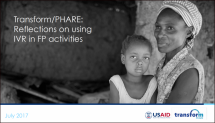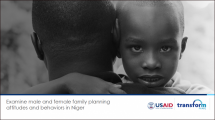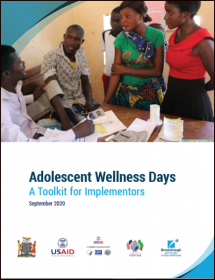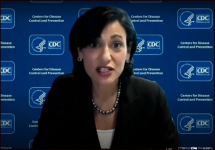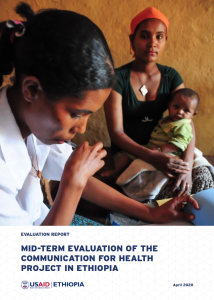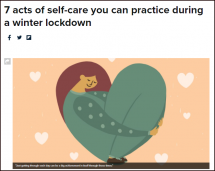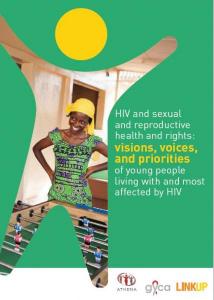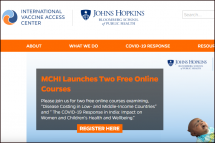Reflections on Using IVR in FP Activities
Interactive Voice Response messaging was used to target a specific segment of women (healthy proactives) in Niger to pretest and iterate FP related messaging. Women had the option to respond in two local languages or in French.
Source: Population Services International
Date of Publication: March 1, 2021
SIMILIAR RESOURCES
Tools
Examples
- Behavior Change Communication Using Social Media: A Review
- Informing Social and Behavior Change Programs Using Social Listening and Social Monitoring
- Innovation Brief: Engaging Influencers and Non-Traditional Actors in Participatory Processes for Family Planning Program Design
- Innovation Brief: Breaking Down Barriers to Family Planning Access by Engaging Agents of Change
- Innovation Brief: Translating Audience Segmentation Data into Family Planning Programmatic Action
- Innovation Brief: Identifying Power Dynamics Among Target Audiences and Influencers in the Project Design Process
- Informing Social and Behavior Change Programs using Social Listening and Social Monitoring
- Using a Behavioral Economics Approach for Family Planning
- Digital and Social Media for Social and Behaviour Change Communication
- Using Social & Behavior Change To Improve Family Planning Outcomes / Utilisation du Changement Social et Comportemental pour Améliorer le Bilan du Planning Familial en Afrique de l'Ouest
- Data Scoping Evidence for Contraceptive Use, ANC, Institutional Delivery, SBA, in Nepal
- Success Stories of Satisfied Family Planning Users , Nepal
- Innovation Brief: The Importance of Segmentation and Tailoring Messages to Constructively Engage Men and Boys in Voluntary Family Planning
- Innovation Brief: Leveraging Technology to Develop and Test Family Planning Mass Media Campaigns in Niger and Cote D’Ivoire
- Innovation Brief: Applying the Human-Centered Design Approach

